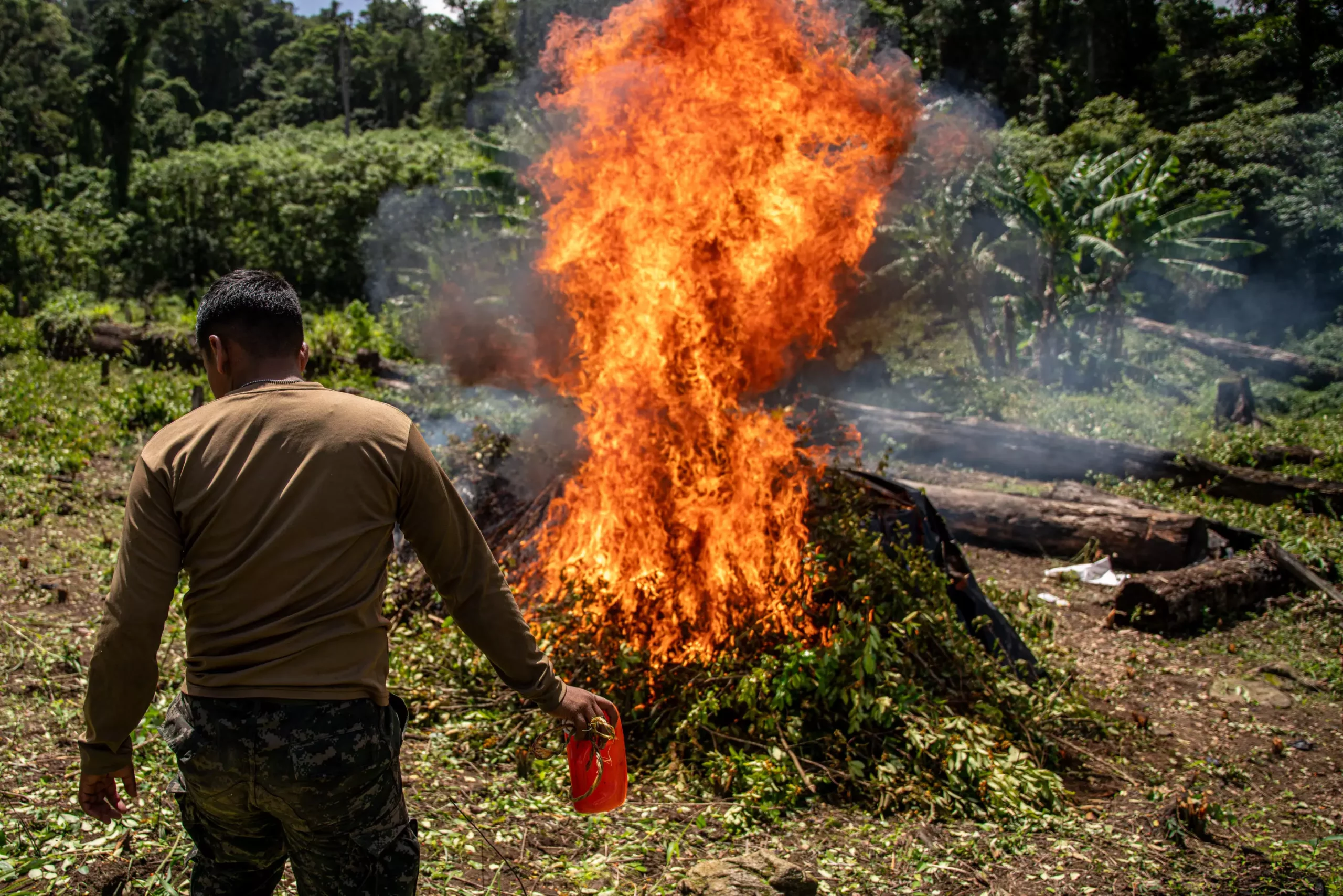The balance of coca production has long tilted toward South America, with Colombia being a primary player in the cultivation of this controversial plant. However, emerging research has unveiled alarming new possibilities for coca farming in northern Central America, indicating that this region might be poised to become a formidable competitor in the international cocaine market. A recent study highlights that approximately 47% of Honduras, Guatemala, and Belize possess the climatic and soil conditions favorable for coca cultivation, suggesting profound implications for the dynamics of the drug trade.
Expansion of Coca Cultivation: A Shifting Landscape
For decades, South America has maintained an almost unchallenged monopoly on coca production, largely due to the vast knowledge and infrastructure developed for this illegal crop. As reported in the study, conducted by researchers including Kendra McSweeney, a professor of geography at The Ohio State University, regions previously deemed unsuitable for coca production are now emerging as viable areas for crop cultivation. The research, published in the journal Environmental Research Letters, emphasizes a significant shift in where coca can potentially grow.
The investigation stemmed from increased instances of coca eradication operations by law enforcement across Central America, raising questions about the underlying motivations and consequences of such activities. Notably, while the presence of coca cultivation in Central America remains relatively rare, the study reveals a potential increase in activity, particularly if current drug policies remain unchanged. This could mark a transition in the landscape of drug trafficking that reverberates through local communities and organized crime networks.
Given that South America currently experiences a surplus of coca, one must ponder what drives criminal organizations to explore cultivation opportunities in Central America. The study posits several theories, including the end of Colombia’s long-standing armed conflict in 2016, which prompted a reevaluation of coca management strategies. The proximity to northern markets, requiring shorter supply chains for traffickers, along with the relative leniency in regulations regarding precursor chemicals in Central America as compared to Colombia, pose practical advantages for expanding coca operations.
Furthermore, moving coca production closer to the United States not only means lower transportation costs but also minimizes the risk of interdiction by U.S. Coast Guard forces, which have historically disrupted drug shipments emanating from South America. Such strategic considerations illustrate how organized crime continuously adapts to regulatory landscapes and operational challenges, maximizing their profit margins.
Ethical Dilemmas in Research Dissemination
The research team’s decision to publish their findings wasn’t without controversy. There were concerns regarding the potential consequences of making such information available, primarily fear that it might inadvertently facilitate criminal activities or lead to increased policing in innocent communities residing near coca-growing regions. However, under the advice of local collaborators, the researchers recognized that public awareness of the coca industry’s possible expansion is vital.
The researchers assert the importance of understanding this emerging threat as critical for effective citizenship and community preparedness. As McSweeney aptly noted, criminal organizations already possess intimate knowledge of agricultural viability across Central America—they have been exploring these areas without public awareness for years.
The future of coca cultivation in Central America hangs in the balance, largely influenced by how policymakers respond to this newly identified threat. Drawing lessons from Colombia’s history, where eradication efforts simply displaced crops rather than eliminating them, the researchers advocate for a paradigm shift in drug policy. Current counter-narcotics strategies, which heavily emphasize law enforcement and eradication, are proving to be ineffectual and could, in fact, exacerbate the issue by pushing cultivation into new areas.
The nuances of this study highlight the urgent need for innovative policy solutions that do not merely focus on immediate, punitive measures. McSweeney and her colleagues argue for a rethinking of strategies to combat drug production and trafficking, suggesting that sustainable solutions must account for the socio-economic realities that lead individuals to grow coca. As the alarming potential for coca cultivation emerges in Central America, so too does the opportunity for legislators to engage with this complex issue in a more nuanced and effective manner. Ultimately, the implications are not confined to any single region; they have the potential to redefine international approaches to drug control and the ongoing struggle against organized crime.

